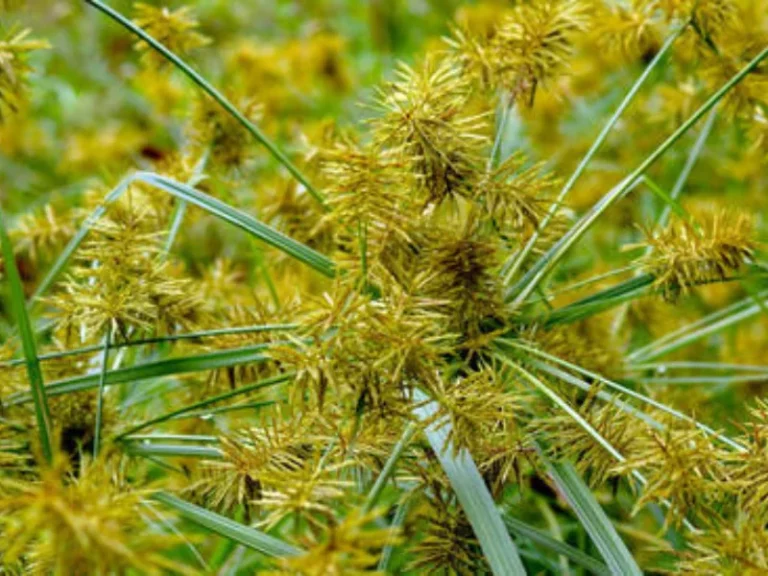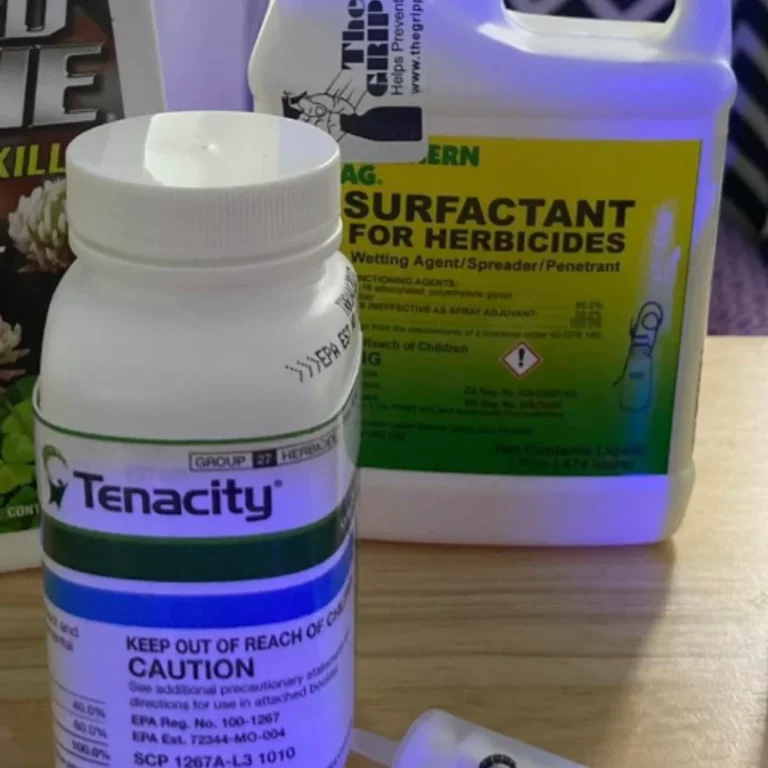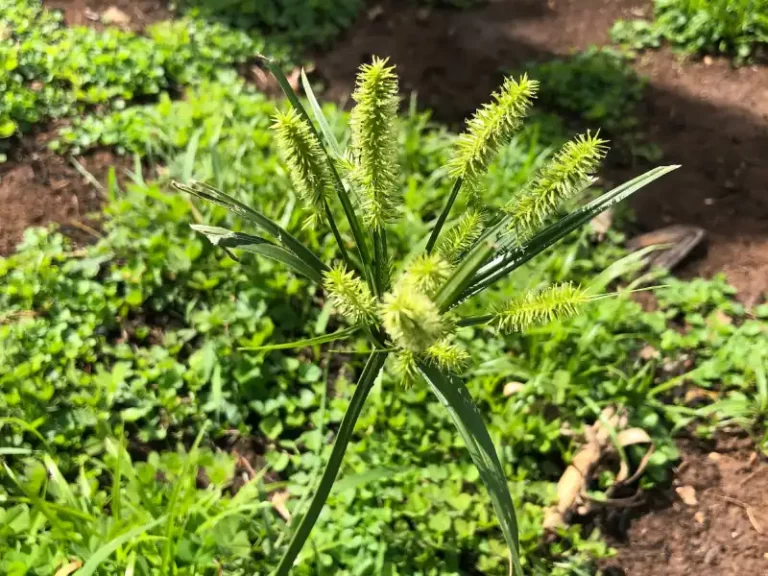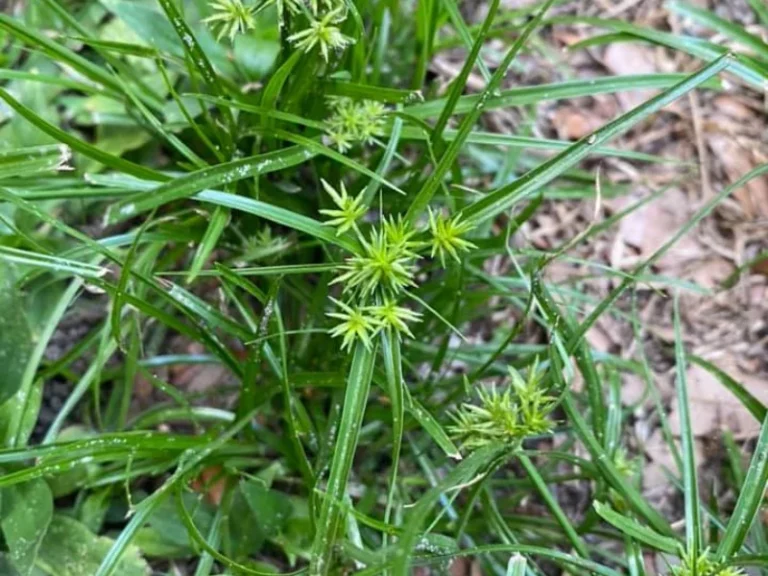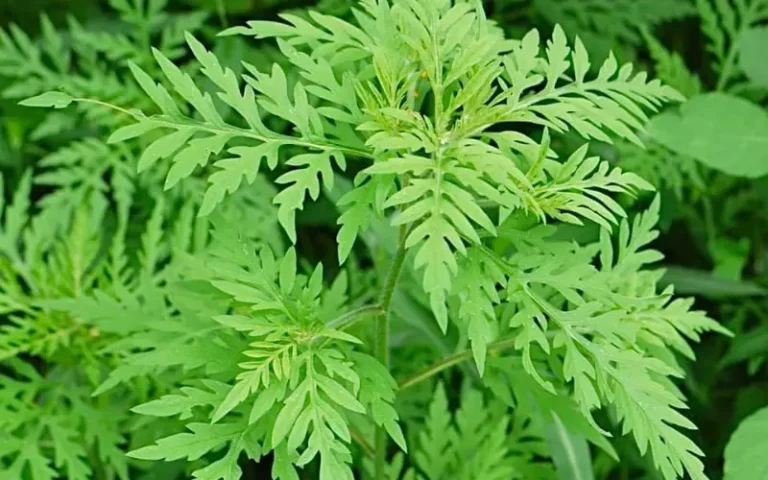How to use Garden Lime to Kill Weeds
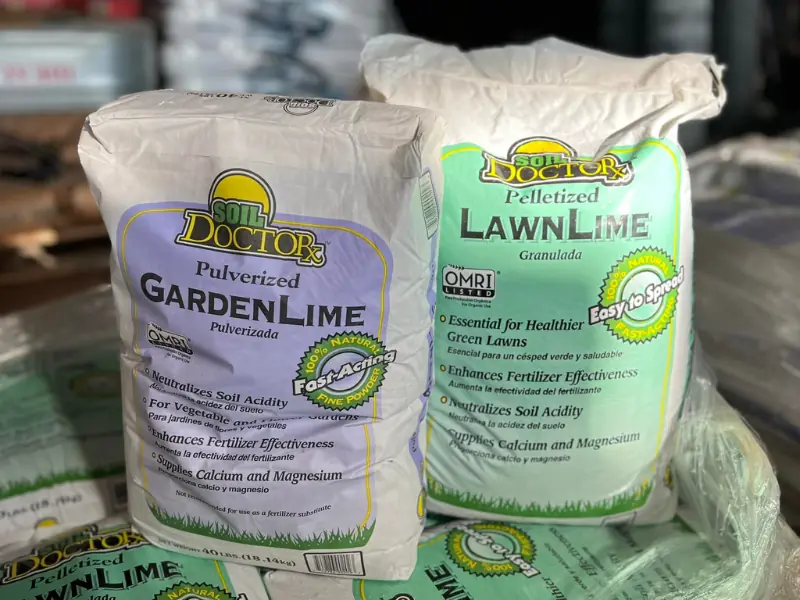
Garden lime, otherwise scientifically known as calcium carbonate, is an agricultural product with numerous applications in gardening and landscaping. Its primary purpose is to balance soil pH levels, improve nutrient availability, and help foster healthier plant growth.
However, gardeners and weed control experts have also found that it can be an effective and natural way to control weeds. It uses its alkaline properties to suppress the growth of unwanted weeds in your soil by raising the soil’s pH level.
To use garden lime to kill weeds, test the soil pH to determine how much garden lime you will use, then spread it evenly over the affected area. If rain is not expected soon, you can spray water on the area after applying lime to help it dissolve and work its way into the soil.
In this article am going to explain how garden lime can help your soil fight weeds. Keep reading to learn how to use it.
Does lime kill weeds?
No, lime does not kill weeds. However, It can make it difficult for weeds to germinate and grow in the soil, but it will not kill or damage existing weeds. Lime raises the soil’s pH level, making it more alkaline. Weeds prefer acidic soil, so raising the pH level makes the soil less hospitable to them.
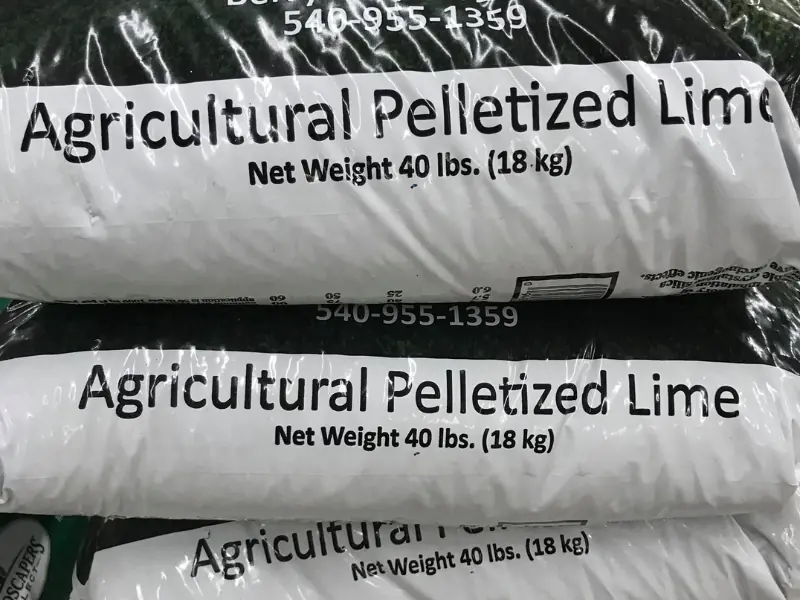
The science behind using lime to kill weeds
As a weed control expert, I believe that soil pH is the most important factor in soil because it determines the level of crop production, the nutrients available in the soil, and the types of crops and weeds that will grow.
Therefore, how does that relate to garden lime killing weeds? Here’s how!
Lime is a type of soil amendment made from ground limestone or dolomite. It contains calcium carbonate and magnesium carbonate, which are alkaline substances. When lime is added to soil, it reacts with the acidic components in the soil, such as dissolved aluminum and manganese, and neutralizes them. This raises the pH of the soil, making it less acidic and more alkaline.
Weeds prefer acidic soil, so raising the pH of the soil with lime makes it an inhospitable environment for them. In acidic soil, the roots of weeds cannot absorb water and nutrients as easily, and they are more susceptible to diseases. Additionally, the high levels of aluminum in acidic soil can be toxic to weed roots.
The amount of lime that needs to be added to the soil to raise the pH will vary depending on the current pH of the soil, the type of lime being used, and the desired pH level. It’s important to test the soil pH before adding lime and follow the lime label’s directions carefully.
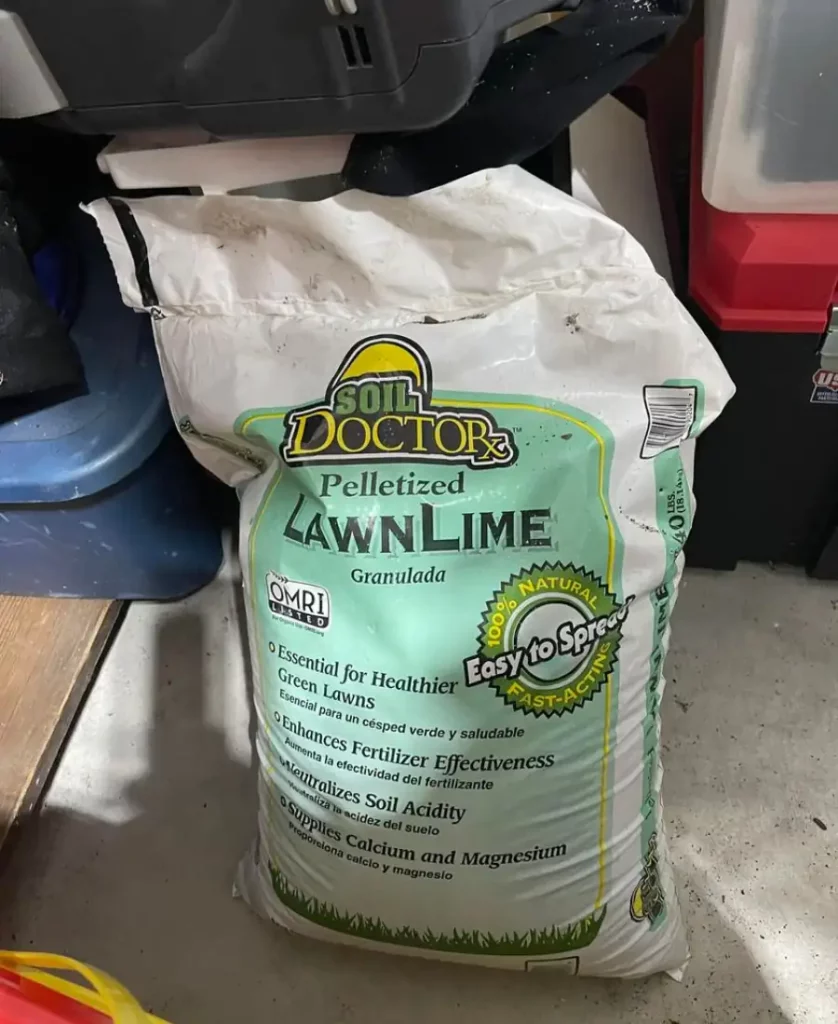
How to kill weeds with lime
Follow the steps below to use lime appropriately to kill weeds.
Step 1: Choose the right type of lime.
There are four main types of lime: dolomitic lime, ground limestone, hydrated lime, and pelletized lime. Dolomitic lime and ground limestone are relatively safe, while hydrated lime is more hazardous and should only be used as a last resort. Pelletized lime is a more expensive option, but it is easier to apply and works more quickly. That is the lime we are going to use in our procedure.
Step 2: Test the current soil pH:
Collect a soil sample from the area where you want to test. The sample should be about 2 inches deep and 1 inch in diameter. Mix the soil sample with distilled water in a container. The soil-to-water ratio should be 1:2. Let the mixture sit for 15 minutes. Use a pH test kit to test the pH of the mixture. The pH test kit will come with a chart that shows the color of the pH indicator solution and the corresponding pH level. Record the pH level of the soil.
CAUTION: Make sure to test the soil before applying lawn treatment. Otherwise, you could make your lawn more susceptible to weeds by creating alkaline soil that lacks necessary nutrients, making it more prone to weed growth.
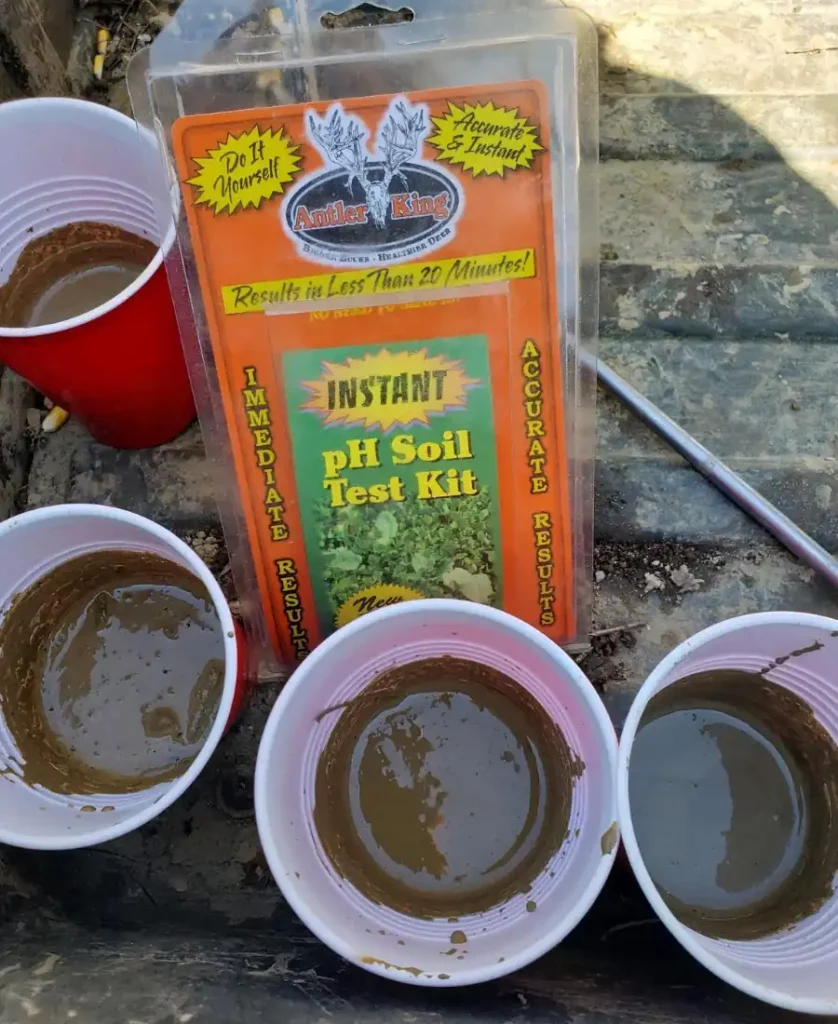
Step 3: Calculate the amount of lime to apply
You should aim at achieving a soil Ph level of between 6.5 and 7.0. You can use the following formula to calculate the amount of lime to apply:
Amount of lime (pounds) = (desired pH – current pH) x area (square feet) x application rate (pounds/square foot)
Here is a table that summarizes the different types of lime and how to use them:
| Type of lime | Application rate |
| Dolomite lime | 50 pounds per 1000 square feet |
| Hydrated lime | 10-20 pounds per 1000 square feet |
| Ground limestone | 50 pounds per 1000 square feet |
| Pelletized lime | 50 pounds per 1000 square feet |
Step 4: Apply the lime
There are two methods, using a spinner spreader or by hand. Whether you choose the spinner spreader or hand application method, the key is even and thorough coverage of the lime
1. Using a spinner spreader:
- Prepare the spreader. Make sure the spreader is clean and empty. Fill the hopper with lime, following the manufacturer’s instructions.
- Set the spreader. Adjust the spreader settings so that the correct amount of lime is applied. The spreader settings will vary depending on the type of spreader you are using and the amount of lime you need to apply.
- Apply the lime. Walk back and forth across the area to be treated, spreading the lime evenly. Be sure to overlap the passes slightly to cover all areas.
- Water the lime. Once you have applied the lime, it is important to water it thoroughly. This will help the lime to react with the soil and raise the pH. Otherwise, if you expect rain on that day, there will be no need to water the area.
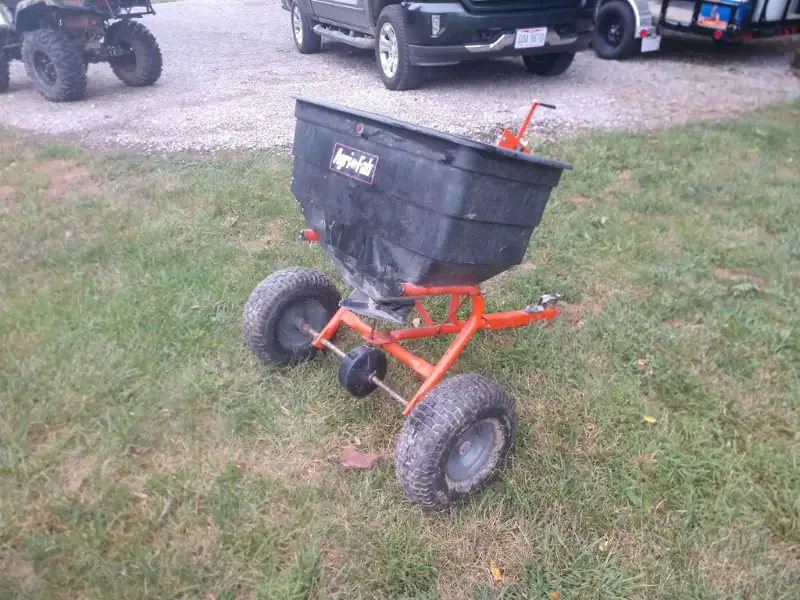
By hand:
- Wear gloves and a mask to protect yourself from lime dust.
- Spread the lime evenly. Use a shovel or rake to spread the lime evenly over the area to be treated. Be sure to overlap the passes slightly to cover all areas.
- Water the area. After you spread lime on the area, spray some water using your gardening hose to make it easy for the lime to seep in the soil.
When should you use lime to kill weeds?
You can apply lime to your lawn at any time of year, but the best times are spring and fall. This is because these seasons typically have more rainfall, which helps the lime dissolve and be absorbed by the soil. You can also apply lime in the summer, but you must water the area to help the lime dissolve.
I recommend applying lime in the fall because it gives the lime more time to be absorbed by the soil before the spring comes around and your grass starts to grow. This will help to prevent the lime from burning your grass.
You can also apply lime at any time except when the grass is wilted or frosted.
Precautions and Limitations of using lime to kill weeds
Here are some precautions and other limitations to take note of:
- Impact on other plants: Lime can damage some plants, especially acid-loving plants such as blueberries, azaleas, and rhododendrons. It is important to test the soil pH before applying lime to ensure it is not too high for these plants.
- Impact on grass: Lime can also damage grass, especially if it is applied too heavily or incorrectly. It is important to follow the directions on the lime label carefully and to water the lime thoroughly after applying it.
- Impact on soil organisms: Lime can kill some beneficial soil organisms, such as earthworms and fungi. This can disrupt the soil ecosystem and make it less healthy for plants.
- Over-application: Applying too much lime can raise the soil pH to a level harmful to plants. This can cause the leaves of some plants to turn yellow or brown and stunt their growth.
- Application in bad weather: Lime should not be applied in wet weather, as this can damage plants. Also, avoid applying lime to plants that are stressed or newly planted.
Here are some additional limitations of using lime:
- Lime is ineffective against all weeds. Some weeds, such as dandelions and crabgrass, are more tolerant of alkaline soil than others.
- Lime can take several weeks or even months to work. This is because it takes time for the lime to raise the soil’s pH and make it inhospitable to weeds.
- Lime can also be expensive.
Lime may not be the best solution for controlling weeds in all situations.
For example, using lime in very alkaline soils is not a good idea, as this can further raise the pH and make it even more hostile to plants. In these cases, you should use other weed control methods, such as herbicides or hand-pulling.
Benefits of using lime on your lawn or crop field
Here are some of the advantages of applying lime in your fields:
- Improves soil pH: Lime helps to adjust the pH of the soil, which is important for the health of plants. The ideal pH for most plants is between 6.5 and 7.0. If the soil pH is too low, it can be harmful to plants. Lime can help raise the soil’s pH and make it more alkaline.
- Increases water penetration: Lime helps to break down clay and other soil particles, which allows water to penetrate the soil more easily. This is important for plants, as they need water to survive.
- Releases nutrients: Lime releases calcium and magnesium, which are essential nutrients for plants. These nutrients help improve plants’ health and make them more resistant to disease and pests.
- Reduces moss growth: Moss thrives in acidic soil, so lime can help to reduce moss growth in lawns and gardens.
- Improves the appearance of lawns: Lime can help to improve the appearance of lawns by making them greener and healthier. It can also help to reduce the number of weeds in lawns.
- Enhances the effectiveness of fertilizers: Lime can help to enhance the effectiveness of fertilizers by making the nutrients in the fertilizers more available to plants.

